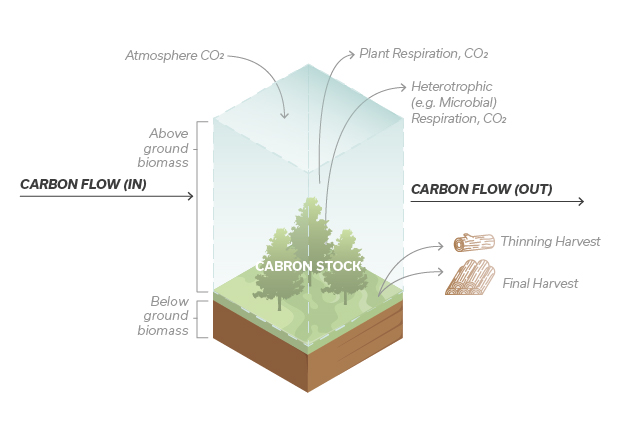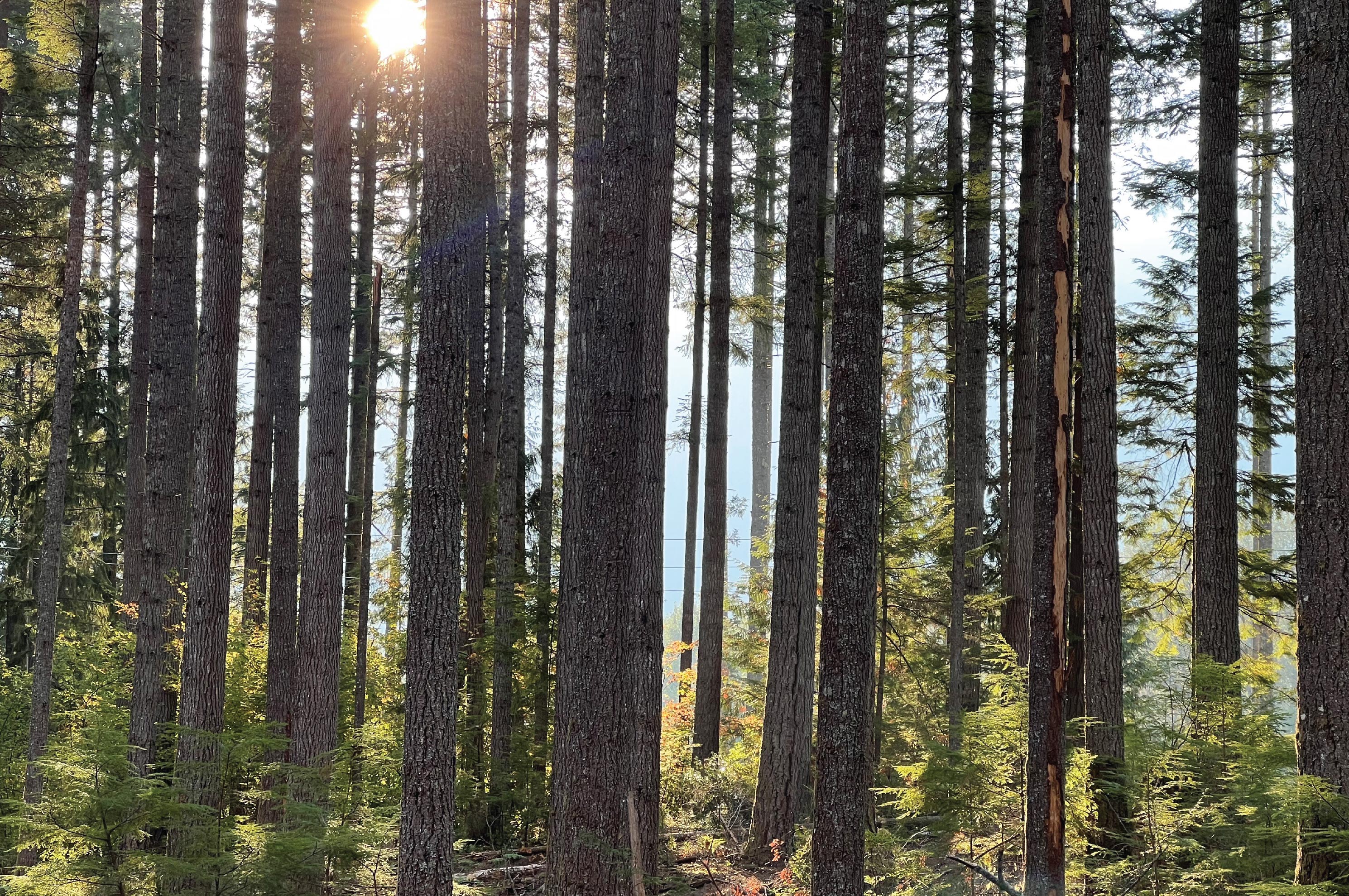Biogenic Carbon: A Deeper Look into the Forest
In the question of embodied carbon, are we telling the whole story of wood? David Mead and Danielle De Castro uncover a new method of accounting for biogenic carbon.
Biogenic carbon: At first glance, it may seem a curious domain for an MEP firm to explore. But at PAE, our Regenerative Design Group is a multi-disciplinary team drawn to the complex intersections of nature, science, and design.
As the world of building decarbonization advances, so too does the spotlight on embodied carbon — the carbon bound up in the very materials we build with. Here, wood emerges as a hero, hailed by many as a climate solution. After all, trees draw carbon dioxide from the atmosphere, sequestering it deep within their trunks and roots. It’s a seemingly simple truth: that by using wood we are harnessing nature’s own carbon capture technology.
But nature, as ever, is not so easily reduced. And so we asked: Is all wood the same? Are we telling the whole story of wood? Or only the convenient parts?
For three and a half years, PAE’s David Mead and Danielle De Castro have delved into this very question. Their findings? Profound.
What they uncovered is a new method for accounting for biogenic carbon — one that honors the differences in how forests are managed, how trees are harvested, and when carbon is actually released. Their research reveals that current practices may overstate the benefits of wood by more than double, and that forests left to grow longer between harvests provide significantly greater carbon sequestration. In short, wood is good, but not all wood is equal.
This, then, is a clarion call for nuance. For rigor. And for recognition that truly sustainable forestry can — and must — be distinguished in the way we account for carbon.
At the recent Regenerative Wood Procurement Summit, part of the Living Future Conference, PAE was honored to stand among fellow innovators and advocates, sharing these findings and contributing to a vital dialogue on our planet’s future.
The full research is publicly available here— a document that sheds light on a topic as rooted in the earth as it is in the future of our buildings.




